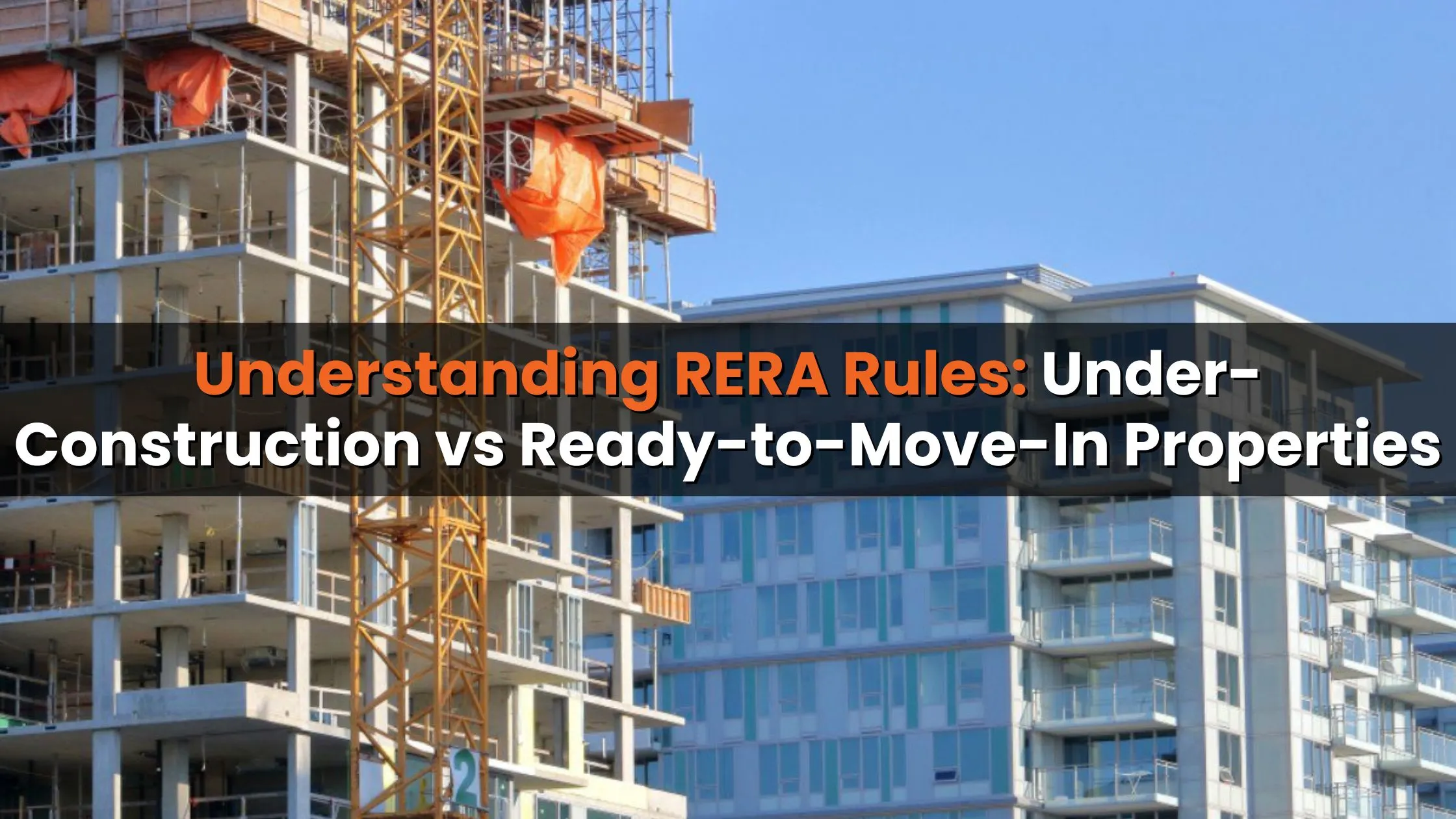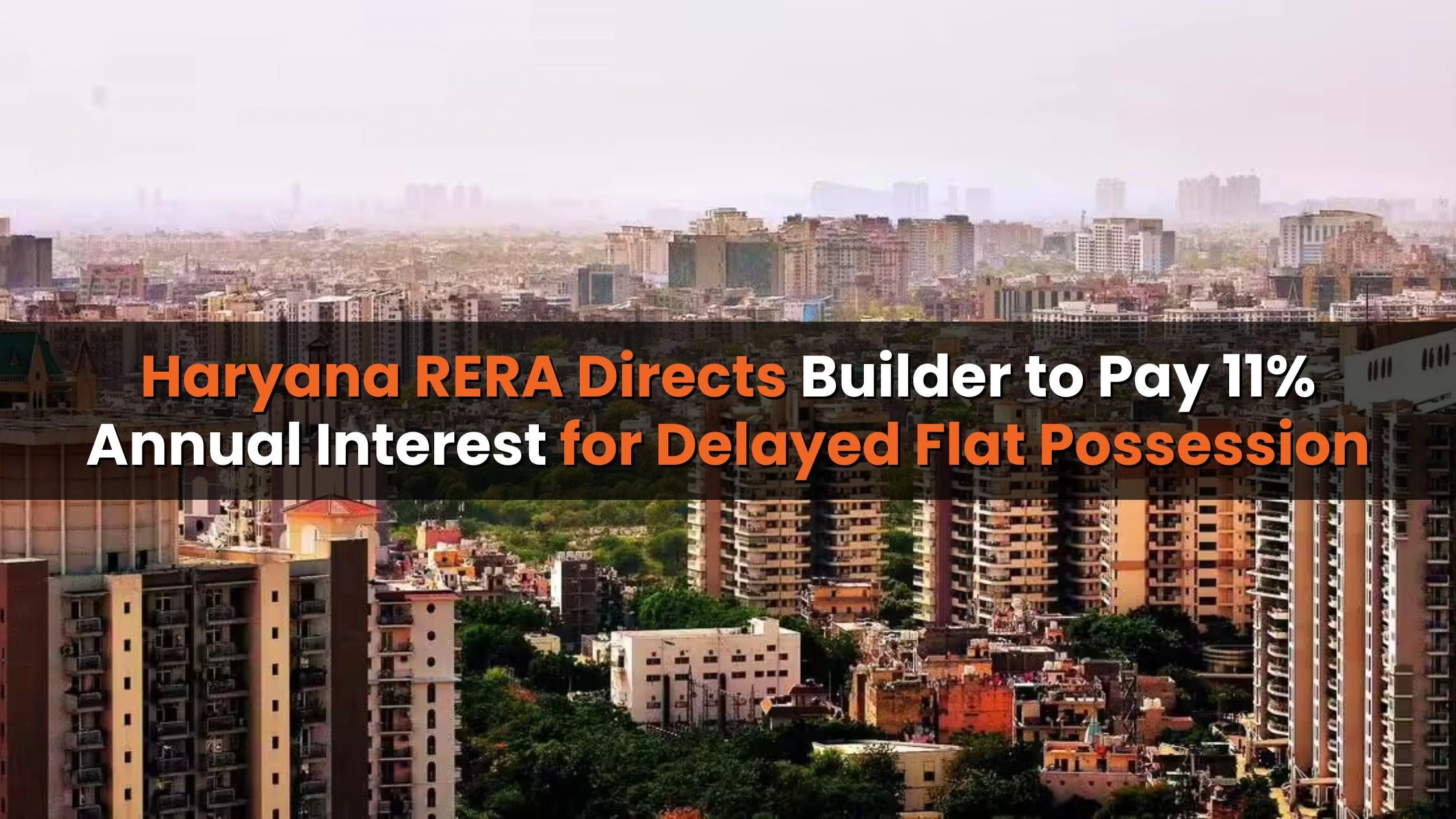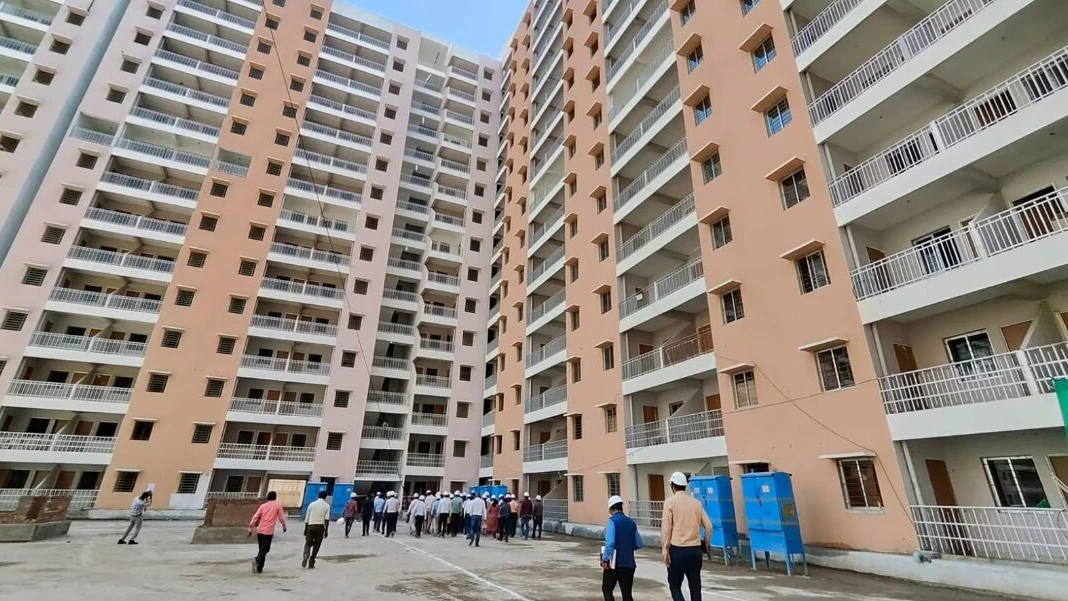Table of Content
- What Are Under-Construction and Ready-to-Move-In Projects?
- RERA Regulations for Under-Construction Projects
- RERA Regulations for Ready-to-Move-In Projects
- Key Differences Between Under-Construction and Ready-to-Move-In Projects
- Pros and Cons of Under-Construction and Ready-to-Move-In Properties
- Factors to Consider When Choosing
- Conclusion
The Indian real estate sector was transformed by the Real Estate (Regulation and Development) Act, 2016 (RERA), which increased transparency and protected buyers' interests. However, RERA is implemented very differently for under-construction projects and ready-to-move-in properties. This article will answer how RERA regulations apply to these two categories and help potential buyers make informed decisions.
What Are Under-Construction and Ready-to-Move-In Projects?
Under-Construction Projects
Properties under construction are properties in the process of being built, and the possession will not occur later. When buyers buy a property under construction, they usually buy based on marketing materials, renderings, and other developer promises.
Ready-to-Move-In Projects
Ready-to-move-in properties are entirely constructed and available for immediate occupancy. Buyers can inspect these properties in their final form before making a purchase decision.
Also Read: MahaRERA Orders Verification of Occupation Certificates for Lapsed Projects
RERA Regulations for Under-Construction Projects
1. Mandatory Registration
- All under-construction projects exceeding 500 square meters or having more than eight apartments must register under RERA.
- Developers cannot advertise or sell units without obtaining RERA registration.
2. Escrow Account Requirement
- Developers must deposit 70% of the project funds into an escrow account.
- This ensures that funds are utilized only for construction and land-related expenses.
3. Project Timeline Commitment
- Developers must disclose project timelines at the time of registration.
- Delays attract penalties, including compensation for buyers.
4. Regular Updates
- Builders must provide quarterly updates on the progress of construction, approvals, and other key details.
5. Defect Liability
- Developers must address any structural defects for up to five years after possession.
RERA Regulations for Ready-to-Move-In Projects
1. Exemption from Registration
- Projects completed before May 2017, when RERA was introduced, are exempt from mandatory registration.
2. Limited Oversight
- Since construction is complete, RERA’s role is limited to verifying title documents and occupancy certificates.
3. No Escrow Account Requirement
- The escrow account clause does not apply as all construction-related payments have already been settled.
4. Immediate Possession
- Buyers can inspect the unit and move in without facing delays.
Key Differences Between Under-Construction and Ready-to-Move-In Projects
|
Aspect |
Under-Construction Projects |
Ready-to-Move-In Projects |
|
RERA Registration |
Mandatory |
Exempt if completed before RERA |
|
Timeline Commitment |
Disclosed by developers |
Not applicable |
|
Risk Factor |
High (possibility of delays) |
Low (ready product available) |
|
Escrow Account |
Required |
Not applicable |
|
Possession Timeline |
Future date |
Immediate |
Pros and Cons of Under-Construction and Ready-to-Move-In Properties
|
Category |
Under-Construction Projects |
Ready-to-Move-In Projects |
|
Pros |
- Cost-effective compared to completed properties. |
- Immediate availability for occupancy. |
|
- Offers modern amenities and scope for customization. |
- No GST applicable, reducing overall costs. |
|
|
- Buyers can inspect the final product. |
||
|
Cons |
- High risk of delays or project alterations. |
- Higher initial cost compared to under-construction properties. |
|
- Dependence on the developer’s reliability. |
- Limited scope for personalization or modifications. |
Also Read: MahaRERA Directs Prominent Display of Registration Details in Real Estate Advertisements
Factors to Consider When Choosing
1. Budget
- Under-Construction Projects: Ideal for buyers seeking cost savings.
- Ready-to-Move-In Projects: Suitable for those with a higher budget and immediate housing needs.
2. Risk Appetite
- Under-Construction Projects: Suitable for buyers comfortable with potential delays.
- Ready-to-Move-In Projects: Recommended for risk-averse buyers.
3. Investment Purpose
- Under-Construction Projects: Offer higher potential for value appreciation over time.
- Ready-to-Move-In Projects: Ensure immediate rental income or end-user benefits.
Conclusion
RERA has simplified the process of real estate transactions, protecting homebuyers and holding developers accountable. While an under-construction contract has the benefits of price advantages and better amenities, it also poses certain risks that RERA regulations try to minimize. On the other hand, a ready-to-move-in property will provide immediate possession, minimized risk, and often a higher price, which is why communication is paramount.
Ultimately, buyers looking at either under-construction or ready-to-move-in properties should assess how each aligns with their financial objectives, times to possession, and the risk they want to take on. Engaging real estate industry experts can facilitate the overall process and offer peace of mind, ensuring a safe and rewarding investment experience.
Follow AquireAcers Whatsapp Channel to Stay Updated With The Latest Real Estate News











_1766133697.webp)
Ans 1. RERA, or the Real Estate (Regulation and Development) Act, 2016, aims to protect homebuyers by increasing transparency and holding developers accountable for timely project completion.
Ans 2. Under-construction properties are homes still in the building phase. Buyers usually rely on the developer's plans, brochures, and promises when purchasing these properties.
Ans 3. Ready-to-move-in properties are fully constructed homes available for immediate possession. Buyers can inspect the final property before purchasing.
Ans 4. Yes, all under-construction projects exceeding 500 square meters or having more than eight apartments must register under RERA before advertising or selling units.
Ans 5. Yes, projects completed before May 2017 (when RERA was introduced) are exempt from mandatory registration under RERA.
Ans 6. An escrow account ensures that 70% of funds collected for an under-construction project are used only for construction and land-related expenses. It does not apply to ready-to-move-in properties, as construction is already complete.
Ans 7. Under-construction properties come with risks like project delays, potential alterations, and dependence on the developer's credibility.
Ans 8. Buyers should evaluate their budget, risk appetite, and timeline for possession. Consulting real estate experts and verifying project compliance with RERA regulations can also ensure a safe and rewarding investment.